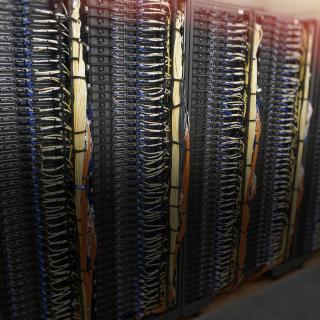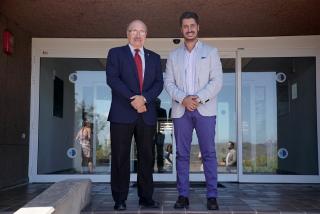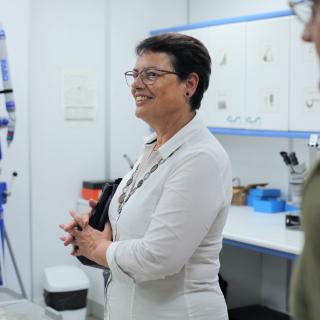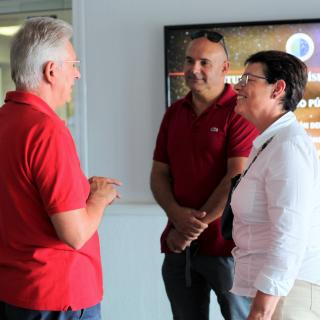
The second edition of this festival, which will be inaugurated tomorrow, Tuesday, until Saturday 14th September in the La Palma municipality of Los Llanos de Aridane and which will be attended by the Nobel Laureates in Literature Mario Vargas Llosa and Jean-Marie Gustave Le Clézio, will again have a day dedicated to astronomy. Those present at the meeting will visit the Roque de los Muchachos Observatory and after a panel discussion in honour of the founding Director of the IACV Francisco Sánchez, will make an observation with night-time amateur telescopes. For the second consecutive year
Advertised on




